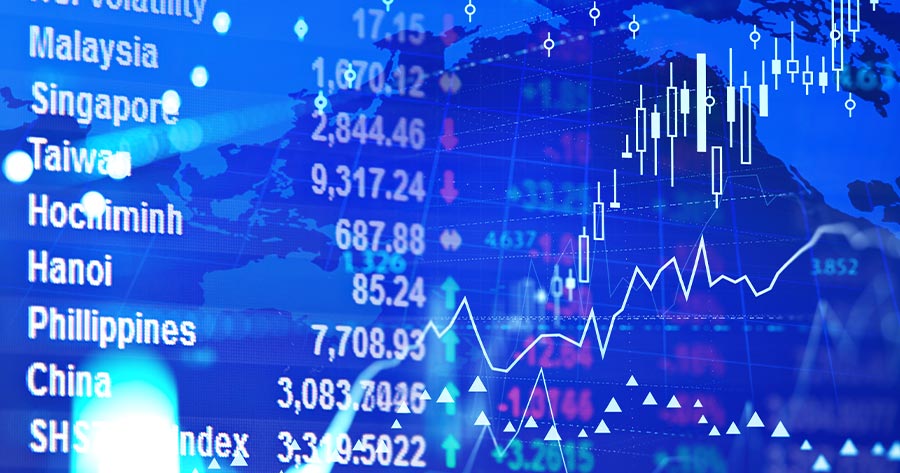On Friday morning (15 August, 9:49 AM, GMT+7, Bangkok time), most major indices in Asia Pacific increased as investors digested a slew of key economic data from Japan and China.
Japan’s economy recorded its fifth consecutive quarter of expansion, growing at an annualized rate of 1.0% in the second quarter—more than double the 0.4% rise forecast by economists. The stronger-than-expected growth was fueled by a surge in exports ahead of impending U.S. tariffs and solid capital expenditure, providing the Bank of Japan with firmer ground to consider further interest rate hikes this year. This latest gain follows a revised 0.6% increase in the previous quarter, highlighting Japan’s sustained economic momentum against external challenges.
China’s economic momentum faltered in July, with factory output increasing just 5.7% year-on-year compared to a 6.8% rise seen in the previous month. Retail sales growth also dropped to 3.7%, slower than a 4.8% increase seen in June. Both figures fell short of market expectations of a 5.9% gain and a 4.6% surge, respectively.
The disappointing figures underscore the mounting difficulties for Beijing as it seeks to revitalize growth amid tepid domestic demand, stiff competition at home, and ongoing trade tensions with the United States.
Meanwhile, markets in South Korea were closed for a holiday.
Japan’s NIKKEI rose by 0.91% to 43,036.46, and Australia’s ASX 200 grew by 0.27% to 8,897.8.
As for stocks in China, Shanghai’s SSEC surged by 0.21% to 3,674.32. Shenzhen’s SZI gained 0.59% to 11,519.51, while Hong Kong’s HSI fell by 1.25% to 25,200.32.
The U.S. stock markets were mixed on Thursday as the Dow Jones Industrial Average (DJIA) slid by 0.02% to 44,911.26. NASDAQ dipped by 0.01% to 21,710.67, while S&P 500 climbed by 0.03% to 6,468.54. VIX jumped by 2.35% to 14.83.
As for commodities, oil prices settled higher on Thursday after U.S. President Donald Trump cautioned of “severe consequences” should his negotiations with Russian President Vladimir Putin over Ukraine break down. The rally was further fueled by expectations that an anticipated Federal Reserve rate cut next month could stimulate demand for oil. Brent futures added $1.21 or 1.8% to $66.84 a barrel, and the West Texas Intermediate (WTI) advanced $1.31 or 2.1% to $63.96 per barrel.
This morning, Brent futures declined 5 cents or 0.07% to $66.79 a barrel, and the WTI futures lost 10 cents or 0.16% to $63.86 per barrel.
Meanwhile, gold futures expanded by 0.04% to $3,384.4 per Troy ounce.




